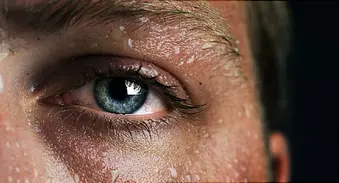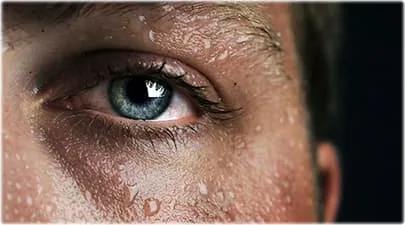All About Body Fluids


Question 1/11
Sweat has no smell.
- True
- False
Question 2/11
How much spit does your mouth make every day?
- A pint
- 2 to 4 pints
- 5 to 7 pints
Question 3/11
Curious about drinking pee? Better not.
- True
- False
Question 4/11
Which part of your body makes bile?
- Liver
- Kidney
- Bladder
Question 5/11
Only your nose has mucus.
- True
- False
Question 6/11
How much sperm is there in semen?
- Less than 1%
- Less than 10%
- Less than 20%
Question 7/11
New moms make “practice milk” before the real stuff comes in.
- True
- False
Question 8/11
Tears can come out of your nose when you cry.
- True
- False
Question 9/11
Liquid in your ear helps your balance.
- True
- False
Question 10/11
Pale pee means your body has extra water to get rid of.
- True
- False
Question 11/11
Discharge keeps the vagina clean.
- True
- False
